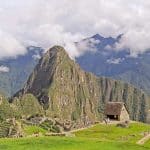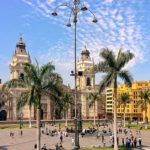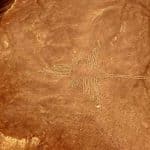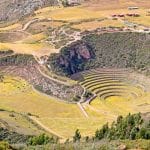The Seven Wonders of the Modern World: The architectural jewels and the historic monuments that mankind has produced over the centuries have captured the imagination of every mortal throughout history. The inevitable result is that a person has to bear witness to the magic which radiates from each of these sites. The exceptional beauty of each of these inherited treasures in the eyes every traveler validates their choice to be considered the Seven Wonders of the Modern World.
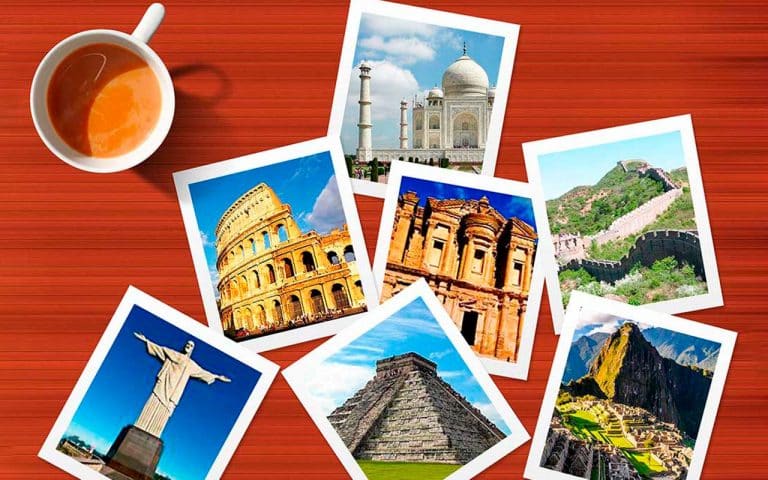
The New Open World Corporation, which was founded by the Swiss businessman, Bernard Weber, sponsored an election in order to determine which are the Seven Wonders of the Modern World. Their inspiration was the list of the Seven Wonders of the Ancient World. The winners of this international contest are as follows:
Machu Picchu
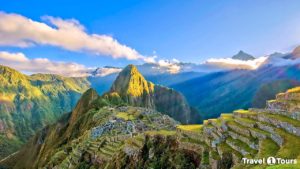
This Incan city is surrounded by temples, terraces, and fountains. It was built on a mountain peak. This citadel was constructed of giant stone blocks that were cut so perfectly that they hold together without mortar. This site is part of the Cultural Heritage of Humanity.
In Incan times it was a renowned religious, political, and administrative center. Machu Picchu received 100,000,000 votes and was chosen to be One of the Seven Wonders of the Modern World. The announcement was made at a gala event in Lisbon, Portugal. The majestic Citadel of Machu Picchu is One of the Seven Wonders of the Modern World.
Visit our post How to go to Machu Picchu and find out about the different ways to get to this modern wonder.
Chichén Itzá, Mexico
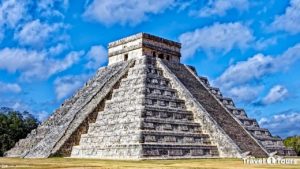
Chichén Itzá in México is one of the principle archeological sites in the Yucatan. It is one of the most important relics of the Mayan Empire.
It began as a Mayan ceremonial site. It holds a special historical significance in the area. It is a magical place and it contains lots of mysteries still are waiting to be discovered.
The Coliseum of Rome
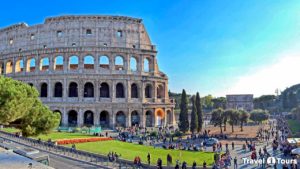
Although this is a glorious monument, its walls hide the cruelty of the Roman Empire. For many centuries, the Roman Coliseum was the site of the cold blooded killing of people and animals. This is where the gladiators fought to the death. The Coliseum sprang from the eccentric mind of the Emperor, Nero, during the time of the Jewish rebellion against Roman rule in Palestine. After the great fire of 64 A.D., Nero ordered that a great stadium be built in his honor. Four years later Nero committed suicide because of the continual civil wars that raged in the Empire.
When it was completed, the Coliseum could seat 50,000 spectators in 80 rows of seats. The emperor and the senators had the seats closest to the arena. The inferior classes were given the higher up seats. Public spectacles were held in the Coliseum, along with gladiatorial combats.
Christ the Redeemer

The statue of Christ the Redeemer or Cristo de Corcovado is 30 m. high. It depicts Jesus of Nazareth with his arms wide open standing over the city of Río de Janeiro in Brazil. It is located at 710 masl. in the Tijuca National Park. It was inaugurated on Oct. 12, 1931 after 5 years of work. It was selected as One of the Seven Wonders of the Modern World on July 7, 2007.
It is made of re-enforced concrete, and weighs over 1000 tons. Its construction was a great challenge, especially because its arms hang out over open space.
Taj Mahal (The Crowned Palace)
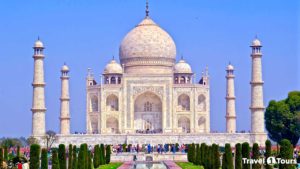
This is a complex of buildings constructed between 1631 and 1648. It is located in the city of Agra in Uttar Pradesh (India), on the Yamuna River. The Mogol emperor, Shah Jahabanks, built it in honor of his favorite wife, Arjumand Bano Begum. She was better known as Mumtaz Mahal. She died giving birth to his 14th child. It is estimated that the construction employed 20,000 workers.
On her deathbed, the emperor promised his wife that, according to her wishes, he would build her a tomb, remarry, take good care of their children, and visit the tomb once a year on the anniversary of her death. The Taj Majal is the tomb, and it is a testimonial to the true love of one person.
The City of Petra
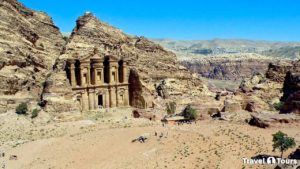
Petra is a stone city, literally. It was excavated from and carved out of rock. It was founded by the Edomites in the 6th century, B.C. It is located in the Aravá Valley which extends from the Dead Sea to the Gulf of Aqaba in Jordan.
This stone city was once a very important crossroads. It sits at the junction of the old route where silk, incense, and spices were transported from the south of Arabia, China, and India, to Egypt, Syria, Greece, and Rome. This wondrous place has been declared part of the Cultural Heritage of Humanity by UNESCO.
The Great Wall of China
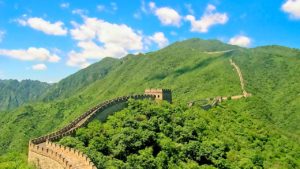
This site has been part of the Cultural Heritage of Humanity since 1987. (UNESCO) It is part of the list of the Seven Wonders of the Modern World. It is an old fortification built and re-built between the 5th century B.C., and the 16th century, A.D.
Its purpose was to protect the northern border of the Chinese empire during successive dynasties. Without counting its ramifications and secondary structures, it covered 6400 km. from Korean border at the Yalu River to the Gobi Desert. Its length delineated the frontier with Inner Mongolia. Today we only see about 30% of the original wall. It averages 6 to 7 meters in height and 4 to 5 meters in width. At its apogee, during the Ming Dynasty, it was manned by a million warriors.
